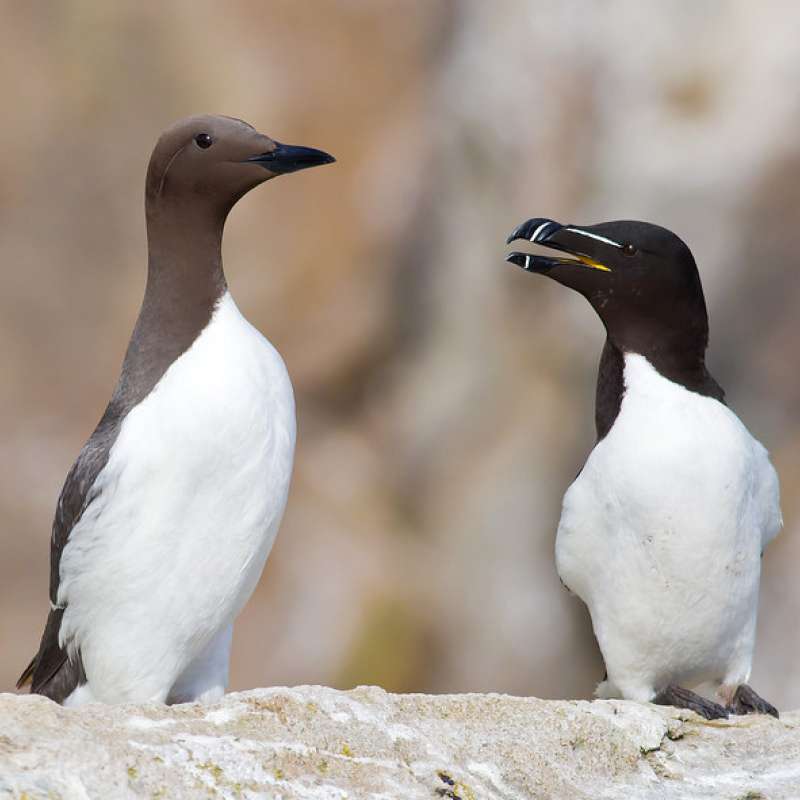Simo Maduna
Research Scientist
Biography
Research Statement
Dr. Simo Njabulo Maduna is a molecular ecologist with expertise in multi- and interdisciplinary research that integrates ecology, genetics, conservation, and reproductive biology toward biodiversity conservation, genetic/genomic monitoring, and adaptive management of sustainable natural resources. His research covers a wide variety of topics (aquaculture genomics, genome assembly, landscape/seascape genomics, invasion ecology and genomics, molecular phylogenetics, phylogenomics, wildlife forensics, and eDNA-based biodiversity monitoring) and taxa (chondrichthyans, teleosts, pinnipeds, molluscs, avians, bears, and insects). The latest addition to his research themes and study systems is the domestication of animals and plants, with foci on epigenomics of equines and medicinal plants. His work not only aims to enhance our understanding of these diverse biological systems but also seeks to apply this knowledge to real-world challenges in conservation and resource management. By integrating genomic tools with traditional ecological approaches, he aspires to develop innovative strategies that promote resilience and sustainability in both natural and domesticated populations. Dr. Maduna is always keen on collaborating and perusing uncharted research ventures. His passion for discovery often leads him to partner with experts from diverse fields, fostering a dynamic exchange of ideas that can spark groundbreaking innovations.
Skills and Expertise
-
Research project management (conceptualizing projects and developed funding proposals, coordinating multi-collaborator and -funding agency projects, conducting wet laboratory work, curating and analyzing data, writing scientific publications, conducting outreach, and managing funding proposals for future research).
-
Establishing research collaborations and strategic partnerships with public and private stakeholders in terms of service delivery for natural resource management and essential biodiversity research priorities within the contexts of climate change, sustainable development, EcoHealth/OneHealth, and food security.
-
Supervising and mentoring postgraduate students while providing customized seminars for the development of laboratory and bioinformatics skills to a wider audience in academia and industry.
-
Designing, implementing and managing genetic and genomic experimental work, genotypic datasets and associated metadata for population genetics and genomics, seascape/landscape genetics and genomics, phylogeography, molecular phylogenetics and phylogenomics, DNA barcoding and metabarcoding projects.
-
Developing and employing several molecular markers (e.g., microsatellites, SNPs and species-specific assays) for genotyping platforms ranging from low to medium throughput (ABI 3730xl DNA Analyzer, Real-Time PCR System, and Biomark HD).
-
Seting up of advance molecular techniques (3RAD, GTseq, Megabarcoding, Metabarcoding, Mitogenomics, Epitranscriptomics and DNA methylomics) in the laboratory for DNA library preparation, size selection and high-throughput sequencing with Illumina, Ion Torrent, PacBio and Nanopore sequencing platforms.
-
Developing field and laboratory protocols for eDNA-based monitoring of within-species genetic diversity, community structures, invasive species, pathogen surveillance and diet analysis.
Abstract
No abstract has been registered
Abstract
No abstract has been registered
Authors
Paul Eric Aspholm David Kniha Hans Geir Eiken Snorre Hagen Ida Marie Bardalen Fløistad Ingrid Helle Søvik Ane-Sofie Bednarczyk Hansen Simo Maduna Cornelya Klutsch Finn-Arne HaugenAbstract
No abstract has been registered

Division of Environment and Natural Resources
Integrating genetic data into the study of the significance of the North Sea and Skagerrak for wintering auks
This project aims to investigate the impact of recent mass mortality events on auk populations around the North Sea by determining the origin of the birds involved. This will be achieved through a genetic analysis of samples of dead guillemots and razorbills washed up in Norway and Denmark in two main mass mortality events, and comparing them with samples from live birds of known origin.

Division of Environment and Natural Resources
Interreg-Aurora project: Our Precious Transboundary Waters
The brown trout is a socioeconomically important freshwater fish in both Norway and Finland, where habitat fragmentation, overexploitation, translocations, and stocking have led to nationwide decline especially in populations of large growing, adfluvial brown trout and their genetic integrity. Careful conservation and coordinated, sustainable management of the remaining large growing brown trout populations is crucial. For this purpose, our project focuses on the transboundary Lake Inari-Pasvik River catchment as a bilateral model (reference) system, utilizing and requiring cross-border cooperation between Norway and Finland. We combine information on the genetic status of trout populations in the catchment, introduce new research methods and compare existing stocking programs for providing tools and guidelines to support the knowledge-based conservation and management of adfluvial brown trout populations in Norway and Finland.
